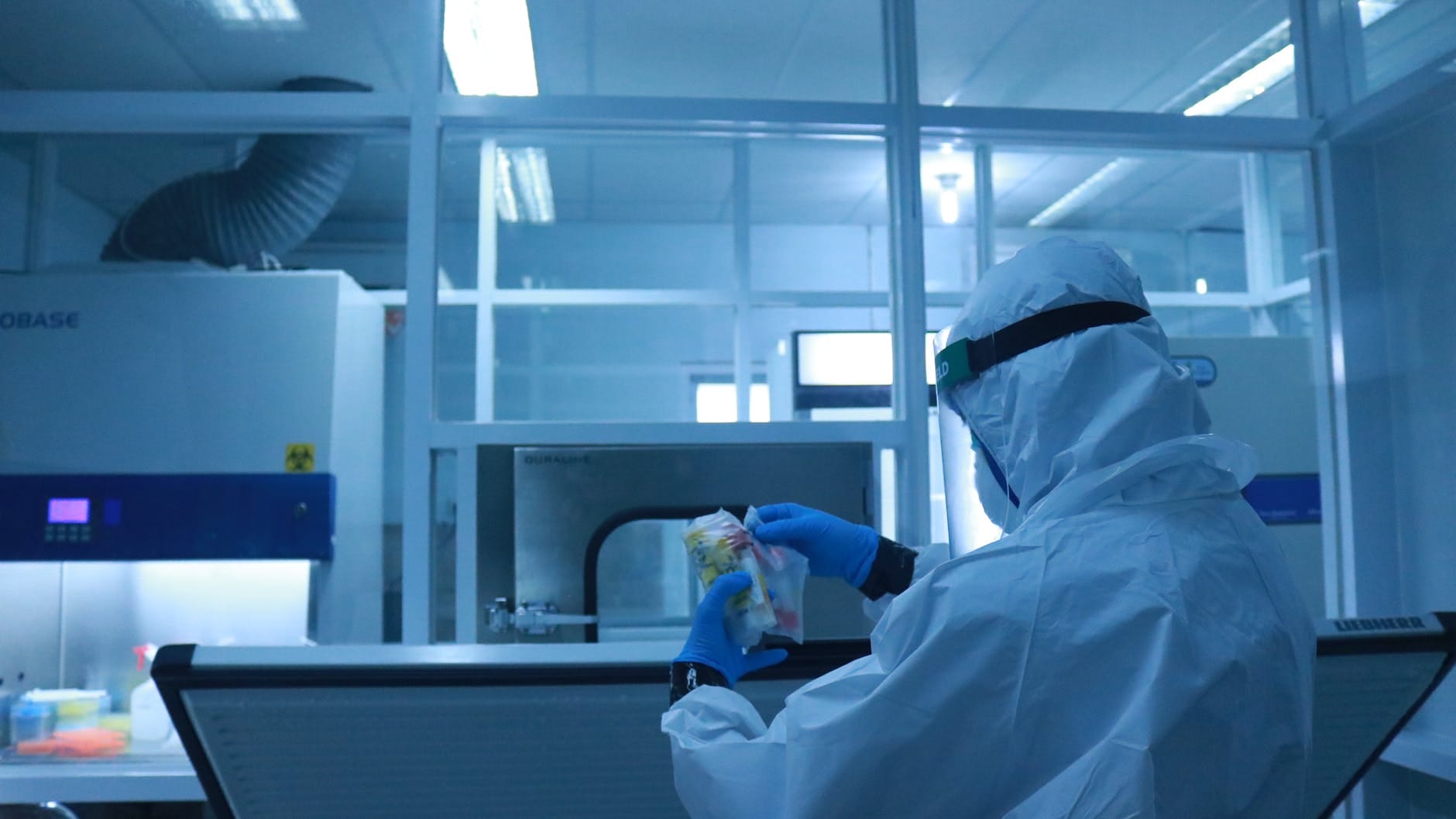Nanoparticle Size: A Review of DLS, NTA, SEM, TEM, & AFM.
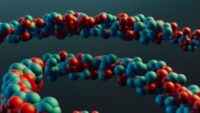
Learn about the different instruments available for measuring nanoparticle size, including DLS, NTA, SEM, TEM, and AFM. Discover their advantages and disadvantages.

Learn about the different instruments available for measuring nanoparticle size, including DLS, NTA, SEM, TEM, and AFM. Discover their advantages and disadvantages.

Learn about the importance of stability testing in drug development and manufacturing. Our Q10 Stability Calculator can help you determine the shelf life of your product. Please note that the calculator is currently being upgraded, so use the data for reference only.

The pharmaceutical industry plays a crucial role in ensuring public health by producing safe and effective medications. One of the key aspects that impact the quality and safety of pharmaceutical products is the presence of impurities. Impurities are substances that are unintentionally present in a drug substance or product, and their control is of paramount…

Introduction: Sexually transmitted diseases (STDs) continue to pose a significant global health challenge, affecting millions of individuals each year. These infections, caused by bacteria, viruses, or parasites, can have severe consequences if left untreated. This blog aims to provide a thorough understanding of common STDs, shedding light on their symptoms, complications, and the crucial aspect…
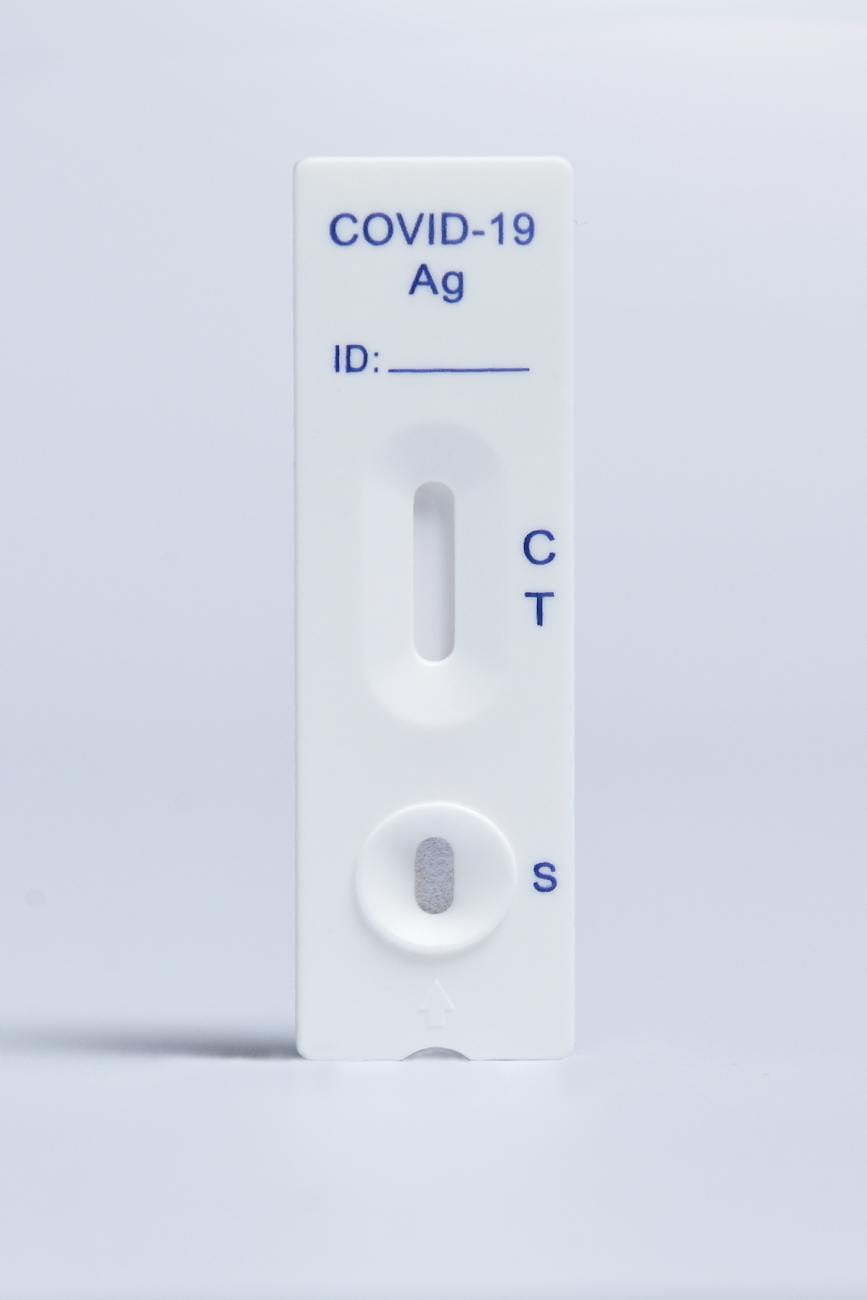
Introduction: Lateral flow tests have emerged as revolutionary tools, especially in the wake of the ongoing global pandemic. Rapid and reliable, these tests have become integral in diagnosing various diseases, including COVID-19. This blog post aims to shed light on lateral flow tests, exploring their mechanism, applications, and significance in the current healthcare landscape. Understanding…
Read More “Decoding Lateral Flow Tests: Everything You Need to Know” »

Introduction Rapid diagnostic technologies for infectious diseases have revolutionized the healthcare industry. These tests provide prompt and accurate results, enabling prompt treatment and disease containment for contagious illnesses. In this blog post, we will look at the significance of rapid testing, its technology and applications, and its implications for public health. The Need for Rapid…
Read More “Rapid Tests for Infectious Diseases: A New Frontier in Diagnostics” »
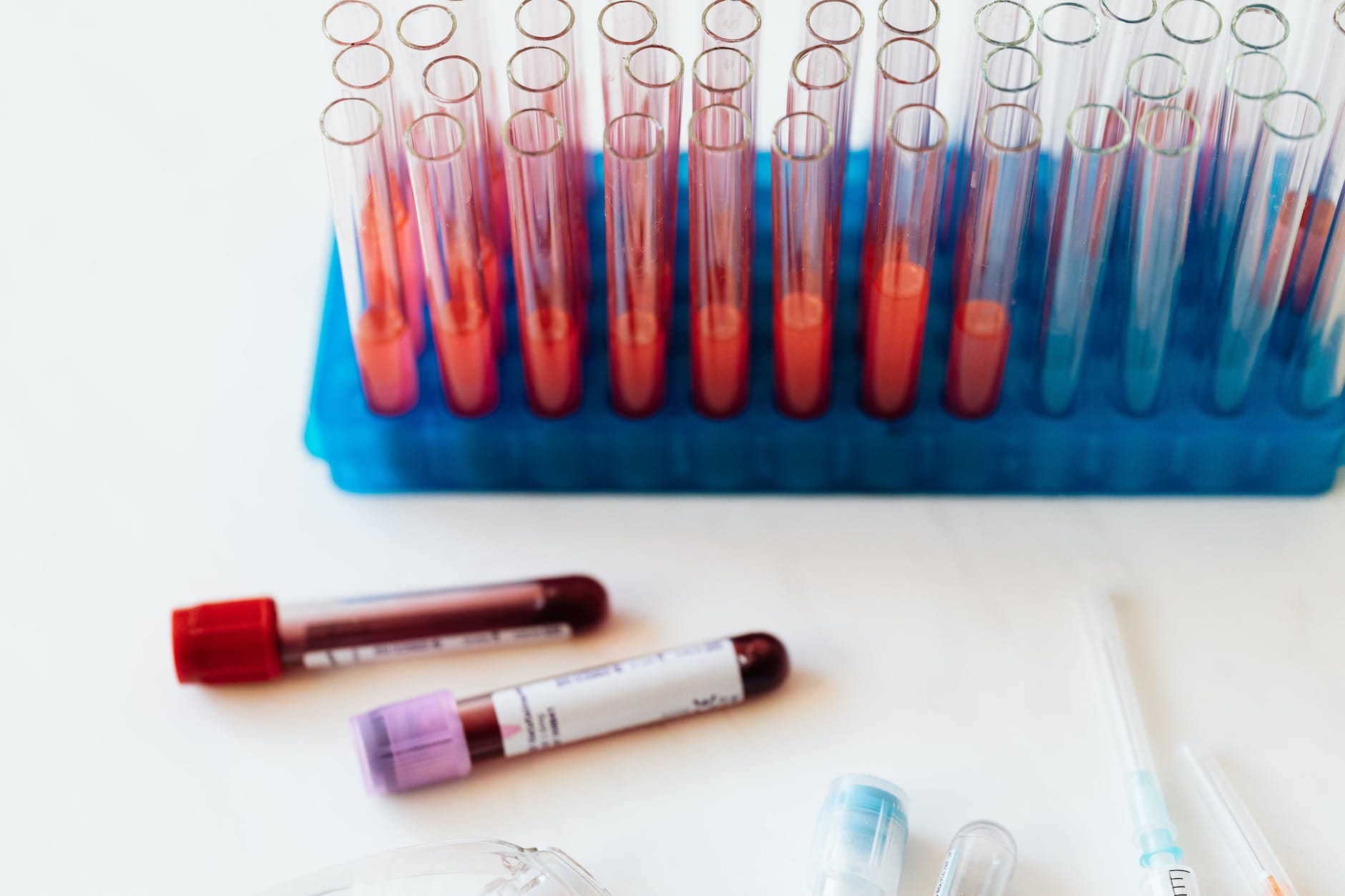
In the world of diagnostics and disease detection, the enzyme-linked immunosorbent assay (ELISA) is a vital tool that has revolutionized the way we identify infectious diseases. This test, which has been around for a while, provides a strong and accurate way to identify infections in different biological samples. In this short post, we’ll look at…
Read More “ELISA Testing: A Simple Explanation for Detecting Infectious Pathogens” »
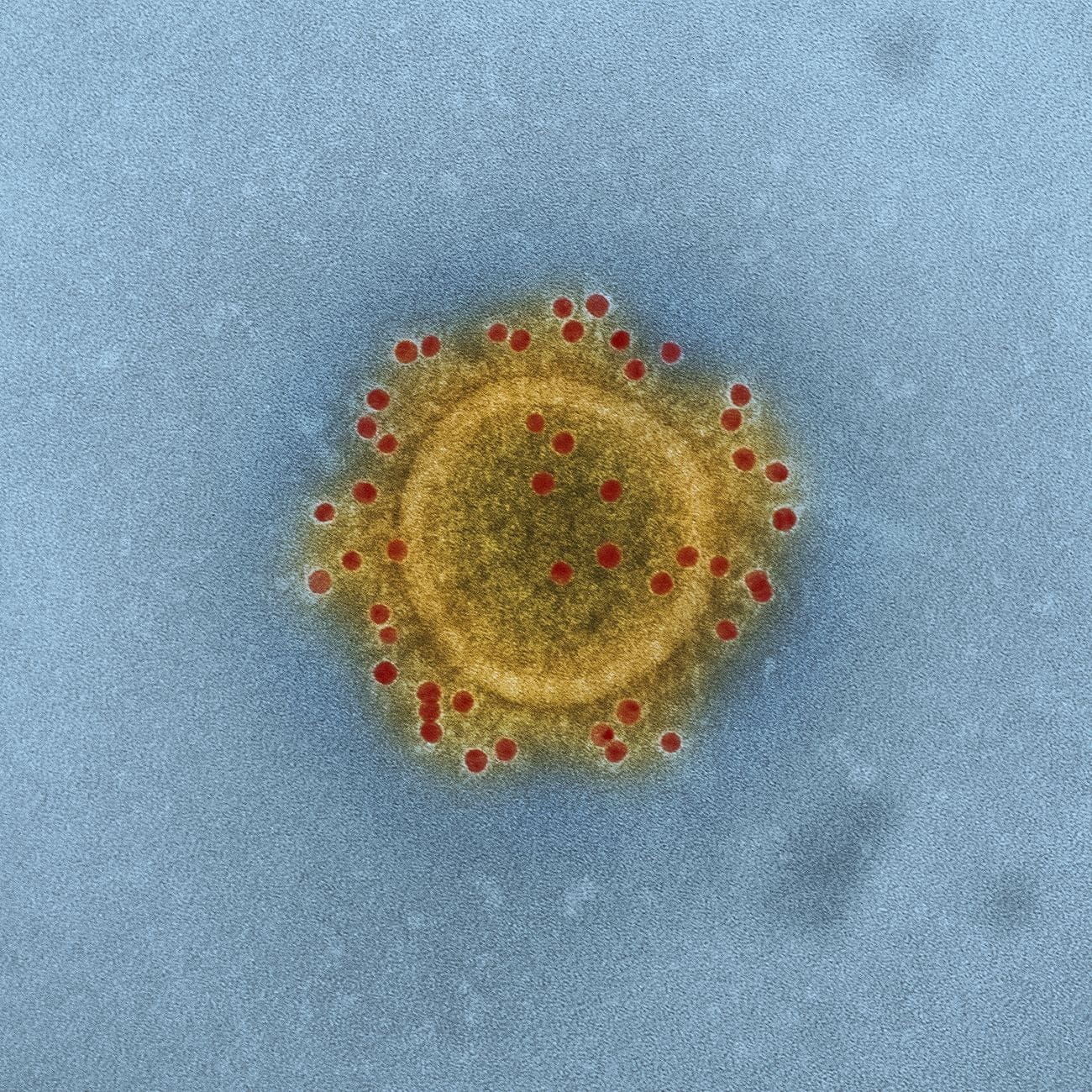
In the ever-evolving landscape of medical science, antibodies have emerged as critical players in the fight against diseases. These tiny proteins are the body’s natural defense mechanism, and researchers have harnessed their power to develop novel treatments. In this brief blog post, we’ll explore the world of antibodies, with a specific focus on monoclonal and…
Read More “Monoclonal Antibodies vs. Polyclonal Antibodies: Digging into their Unique Functions”” »

Scientists working in the fields of immunology and vaccine development are constantly looking for new ways to fight infectious diseases. Recombinant antigens are one such strategy that is receiving a lot of attention. These synthetic proteins are designed to imitate particular elements of infections, enabling us to launch specialized immune responses against them. In this…

Silver nitrate, a compound with the chemical formula AgNO3, has intrigued scientists, chemists, and artists for centuries due to its unique properties and diverse applications. Considering its numerous uses in chemistry, medicine, and photography as well as its sensitivity to light and propensity to form insoluble precipitates with specific ions, especially chloride ions, silver nitrate…
Read More ““Silver Nitrate: A Remarkable Chemical Compound with Endless Possibilities”” »

Introduction The periodic table is a fascinating and essential tool in the world of chemistry. It’s more than just a colorful chart hanging on the wall of your chemistry classroom. The periodic table is a representation of the essential elements of our universe. It is a treasure of knowledge that demonstrates the complex interactions between…
Read More “The Secrets of the Periodic Table: 10 Fascinating Facts” »

